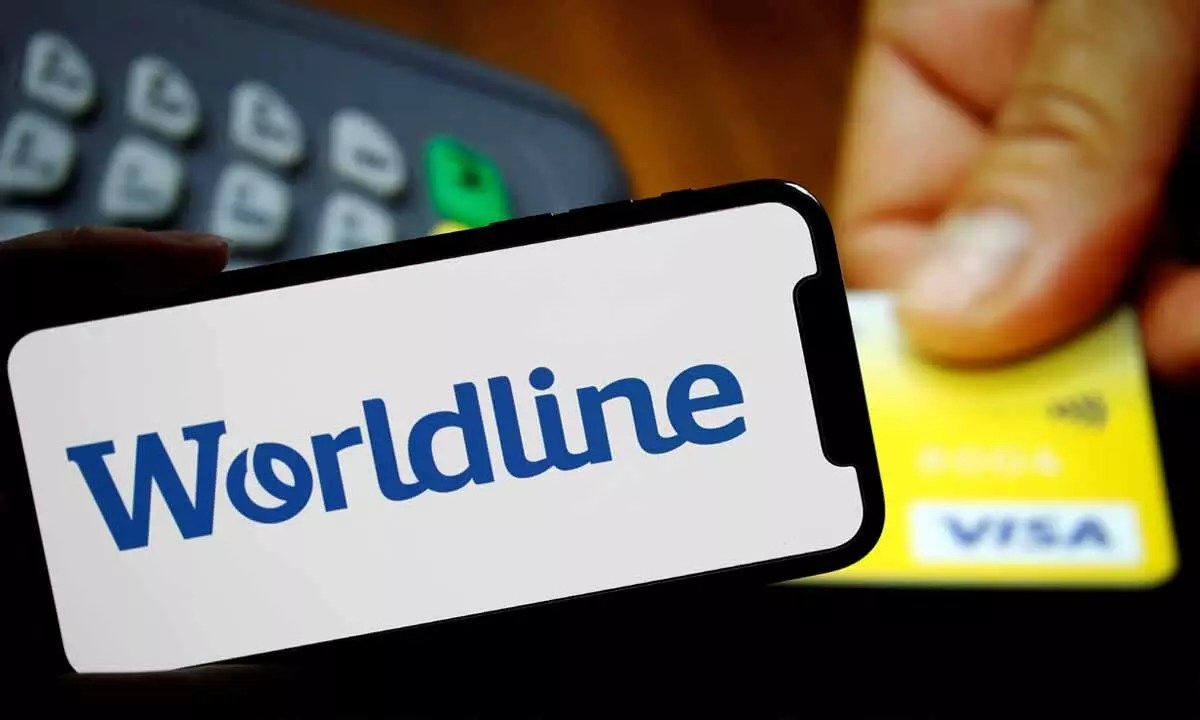Worldline eyes 10 lakh merchants on its platform in next 12 months
Its Small and Mid-Size Business (SMB) vertical is growing at over 50% y-o-y in India
image for illustrative purpose

Mumbai: Worldline, a global leader in the payments industry and the technology partner of choice for merchants, is looking at bringing 10 lakh merchants under its fold over next one year.
At present, the company enjoys to have more than 7 lakh merchants on its platform. Its Small and Mid-Size Business (SMB) vertical is growing at over 50 per cent y-o-y in India.
Powered by over 7 lakh SMB merchants on its platform and driven by an innovative full-service plug and play payment product suite for every use case, Worldline expects to achieve a milestone of one million SMB customer base in 2023 through direct acquiring and channel partners.
Verticals like e-commerce, education, hospitality, SaaS, essential services, and ISPs contributed to the growth for Worldline in the last 12 months. Worldline also noticed that tier-II and III cities are at forefront for growth of its SMB vertical in these months purely riding on the wave of digitalisation. A common trend observed from these markets is that the new generation of consumers prefer the fastest means for anything and everything at the click of a button.
Worldline with its unique 360-degree payment portfolio for instore, online and omnichannel payments is well prepared to solve these payment gaps. It also offers easy-to-use 19+ popular e-commerce plugins to meet diverse needs of online players.
Worldline further plans to strengthen its security and fraud analytics infrastructure along with hyperlocal solutions like no code payment offerings for SMB business vertical. Talking to Bizz Buzz, Sheik Mohideen, Senior Vice President, SMB, Partnership & Alliances, Worldline, said: "Currently we have 7 lakhs+ merchants, and our goal is to have 1 million merchants on our platform in next 12 months. We are on track in terms of acquisitions to achieve the goal well before the deadline. Considering the number of SMBs in India, we would continue to focus on our existing and new channel partners for acquisition."
As a company we value our channel partners, and they have been one of the main reasons for our growth in last 3 years, he said. According to Mohideen, "We have partners from various verticals like Banks, Fintechs, ERP providers, ISV's, Resellers and SaaS companies providing their services / products to MSME's. We are also launched upgraded revenue sharing model for our channel partners specifically for resellers and developers to grow along with Worldline and create an additional revenue stream through this partnership."
As per one of the latest PWC report, the digital payments space has seen a massive boom over the past few years, growing at a compound annual growth rate (CAGR) of 30 per cent, coupled with technological advancements and regulatory support, which have now transformed the industry significantly. UPI has contributed significantly to this growth, reaching a record 22 billion2 transactions in 2020–21. Though the increase in card issuance has been gradual, the number of active debit and credit cards is expected to reach 1,021 million and 145 million respectively by 2025–26. National Electronic Toll Collection (NETC) has also seen significant.
India is always a SMB market and are backbone of Indian economy. Over the past few years, the emerging internet economy is fundamentally changing the way consumers and businesses interact with each other. It is disrupting traditional businesses and a new crop of digital-native, mobile-first companies is emerging and scaling up at warp speed, enabled by favourable demographics, rising internet penetration and a world-class, frictionless payments ecosystem. However, if you look at the data, we have a total of 75 million MSMEs in the country which potentially forms a market what we call as "Bharat". The only way to reach 'Bharat' is by enabling MSMEs with digital transformation.
Digitisation can enable them to expand their market reach and acquire new customers, with better customer engagement and leveraging other customer relations tools. It will improve productivity and operating efficiencies, and better manage cash flow. Today setting up an online store has become easier with platforms like Shopify, WooCommerce, and Magento. There are preferred shopping platforms for different product categories with features to support the same, e.g., food, apparel, cosmetics, jewellery, consumer electronics, etc. These platforms don't require much coding, but they can be tactfully configured. They have built in shopping carts and a provision for API integrations with payment providers and logistics providers, so that the entire
fulfilment system is set up. Along with this, they also have a payment gateway plugin that provides multiple payment solutions. The next level of growth will come from Tier 3 – Tier 6 cities, Northeast regions, adoption of digital payments by first time users, utilization of multiple other payment modes other than UPI.

